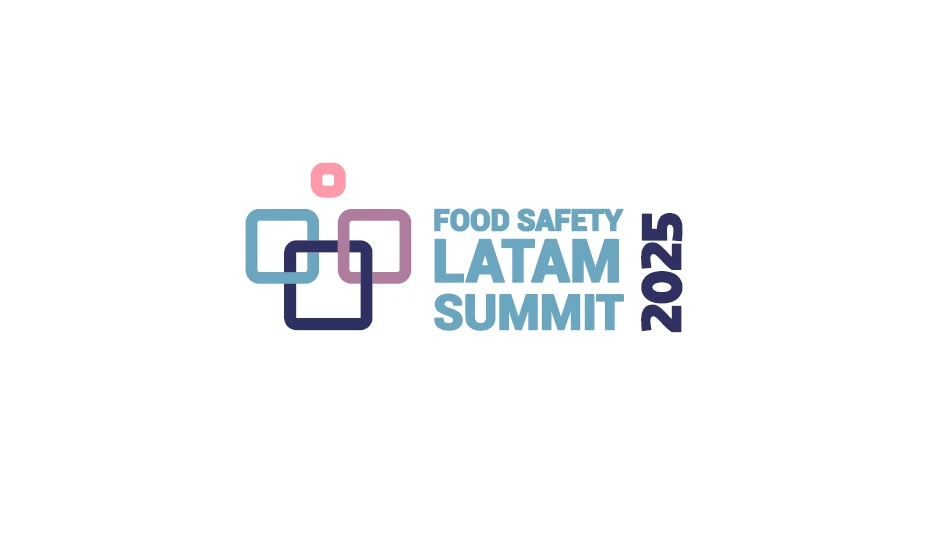The recent barrage of public and government questioning and
oversight on food safety can’t help but make one wonder: Is food less safe today? Or are tests simply better? Either way, what role should testing play in food safety?
Testing for Food Safety. “It’s not that the food is unsafe,” said Purdue Associate Professor and Microbiologist Bruce Applegate. “But we are getting better at detecting.”
In fact, Applegate sees the industry as doing a good job of self-regulating. “They are policing themselves fairly hard,” he said. “They’re doing everything they can within reason. All those I’ve interacted with are proactive.”
Tom Zierenberg, Managing Director of Microbac Laboratories, expressed similar views. “The industry is more proactive now than in the past,” he said, adding that the increased recalls are a factor of companies looking harder to find contaminants rather than being indicative of unsafe food. In addition, manufactures understand the consequences of contamination. “We feel they are responsible in taking matters into their own hands. They know what’s at stake.”
However, Applegate said, “Food manufacturers must be vigilant in adapting to and adopting methods that can detect food-borne bacterium. The commonality of food-borne diseases changes constantly as new methods to defeat them arise. But several others take their place. With new diseases comes a demand for new processes to detect them.”
“What we’re looking at are a lot of changes that are taking place,” Zierenberg said. He recently attended a meeting of the Association of Analytical Communities (AOAC) at which discussion included that of new methods of analyses for different segments of the industry and the ongoing research for quicker, more reliable testing methods.
While there are differences in testing of different foods, there are methods that are viable and valuable across segments. For example, “a lot of the industry is going toward environmental testing for pathogens,” he said. “That’s that biggest thing a plant can do.”
Food safety iniatives should always include preventive and risk management programs. But along with these, Applegate said. “Testing is key because, in the end, you can control all those things, but there are variables and chance happenings – and deliberate contamination. We just have to find ways to do more of it cost effectively.”
Christopher Snabes, Food Technical Specialist for American Proficiency Institute, believes that testing of a statistically valid number of samples from each production lot and confirmed positive result reporting are important elements of food safety. “These actions, if required, allow information to be tracked and potential problems in the food supply to be identified,” he said.
“In light of recent food recalls, there is a nationwide push to forward all positive test results to the U.S. government,” he added. In fact, Georgia recently enacted such a law, and several states are considering similar legislation.
Today’s Testing. As advances continue in microbiology and pathogen detection, tests continue to become more rapid, accurate and expansive. “The advantage [to rapid testing] is that you have reduced warehouse space for raw materials and finished product. You have faster product release,” said Bioluminix Director of Sales and Marketing Kevin Labrecque. In addition, he said, the ready-to-use rapid tests can make the microbiologist’s job faster and easier, providing labor savings.
However, Applegate said, it is just as critical that less expensive, more expansive testing be developed. “Faster doesn’t mean better. What we need is to be able to do more. We need robust and inexpensive assays. We have to try to cast as wide a net as possible.”
As the industry continues to moves forward in pathogen detection, one of the most important things processors can do is build the knowledge and awareness within their own plants, Zierenberg said. Educate personnel; utilize consultants for specialized training; and “employ those with food science degrees to make this whole industry safer.”

Explore the August 2009 Issue
Check out more from this issue and find your next story to read.
Latest from Quality Assurance & Food Safety
- FDA Foods Coalition Urges RFK Not to Cut More Resources, Staff
- Bird Flu: What FSQA Professionals Need to Know
- Registration Open for 129th AFDO Annual Educational Conference
- Frank Yiannas, Aquatiq Partner to Expand Global Reach of Food Safety Culture
- World Food Safety Day 2025 Theme: Science in Action
- Ancera Launches Poultry Analytics System
- USDA Terminates Two Longstanding Food Safety Advisory Committees
- Catalyst Food Leaders Announces Virtual Leadership Summit for People in Food





